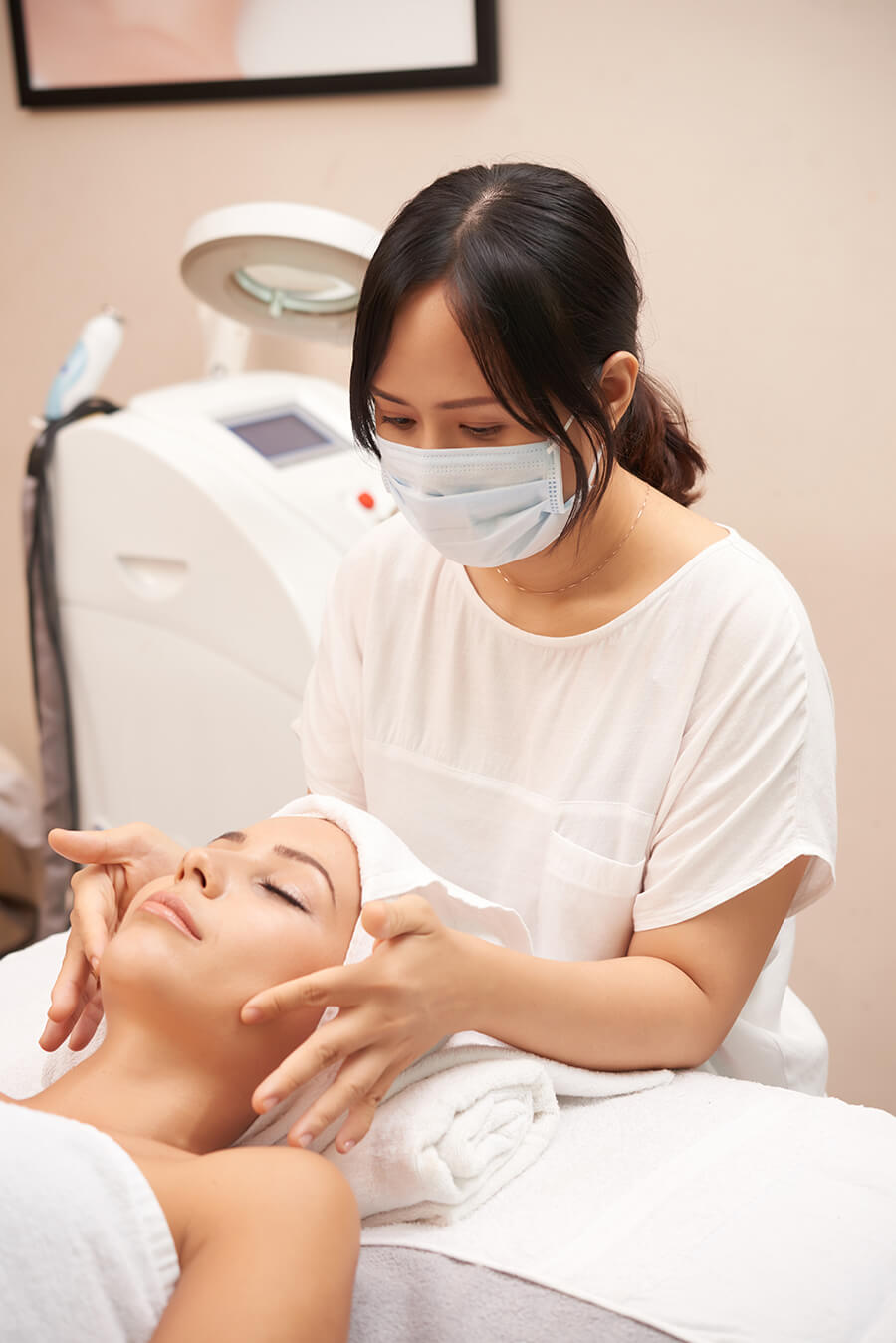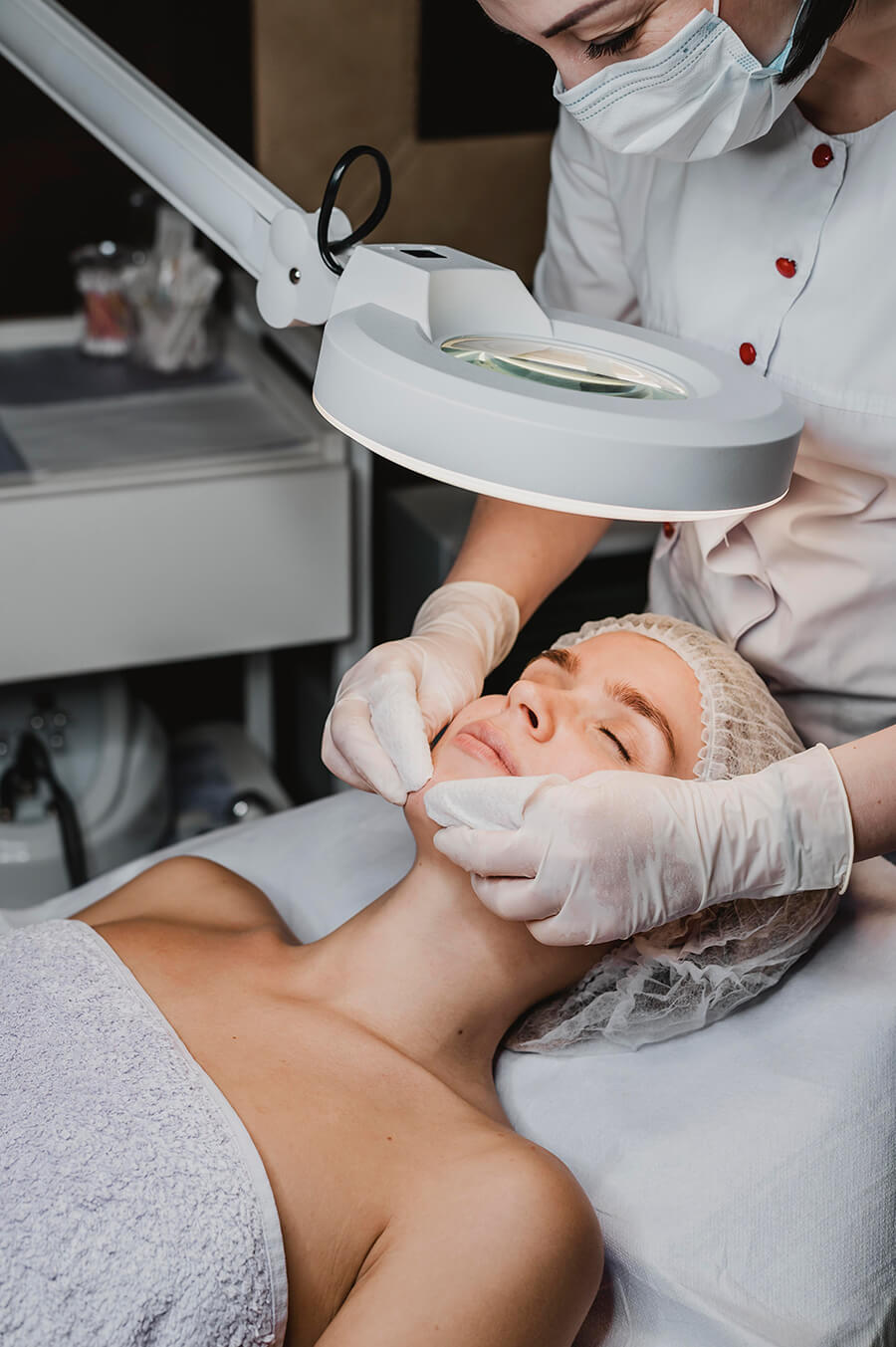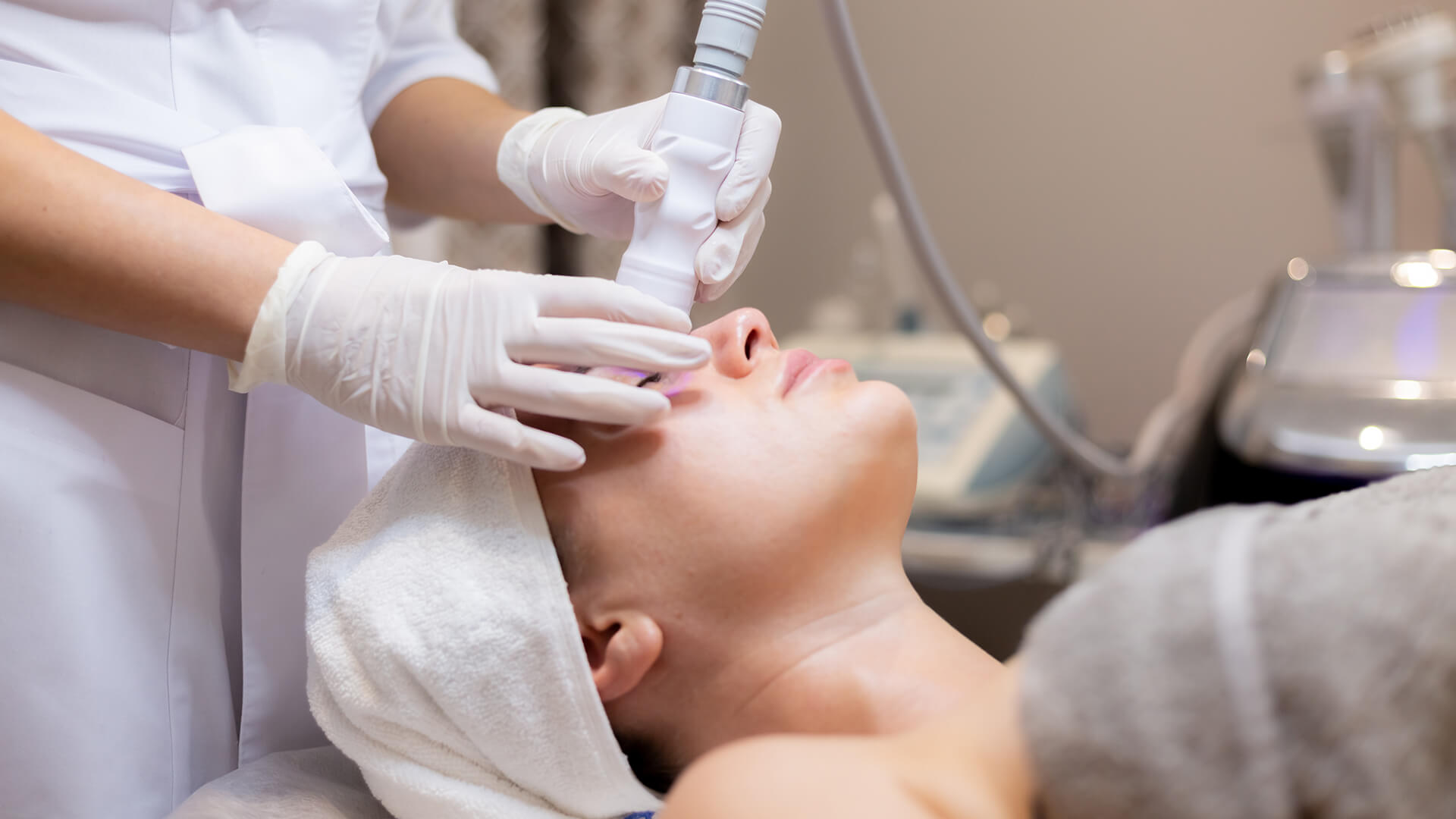CELL THERAPY
CELL THERAPY
Cell therapy involves using cells or cell components to help restore strength, stimulate repair, and promote growth of the cells in our body. It helps bring back youthfulness and good health, allowing the body to experience vitality once again.
At the beginning of cell therapy, animal organs were ground into fine particles for treatment. Later, specific cells or parts of cells were extracted for use. Nowadays, advancements allow cultivation of cells, selecting only strong stem cells. However, most people do not realize that stem cells vary greatly in quality, ranging in price from a few tens of thousands of baht to several million baht. Higher prices correspond to better quality—in terms of cell sourcing, cultivation methods, and the selection of the best cells—leading to safety and effective results.
There are five main standards for good stem cell production:
- GTP (Good Tissue Practice): For selecting tissue sources to ensure high quality and contamination-free material.
- ATMP (Advanced Therapy Medicinal Products) or US-FDA standards: For medical-grade production.
- ISCT (International Society for Cellular Therapy): For quality control of complete and appropriate stem cells.
- ISO (International Organization for Standardization): To certify accuracy and safety at every production stage.
- GMP (Good Manufacturing Practice): To ensure consistent standards across all production batches.
Currently, cell therapy is used to treat or reduce symptoms of diseases, especially those involving chronic inflammation such as allergies, autoimmune diseases, liver disease, type 2 diabetes, cardiovascular disease, dementia, Parkinson’s disease, tendon or muscle inflammation, and hormone imbalances. It is also used to rejuvenate skin and treat hair loss.
The skin layer around our hair follicles contains clusters of stem cells called the stem cell bulge, responsible for repairing and strengthening the skin to keep it healthy and beautiful.
However, stem cell numbers decrease with age, and their function diminishes, causing dull, weak skin. Cell therapy can stimulate stem cells to increase their number and improve their function in the skin layers. It also helps repair skin cells damaged by pollution, toxins, and cosmetics that harm the skin daily.

Organopeptide for Your Brain
A special protein designed to nourish the brain, helping to stimulate cell division and self-repair. It supports brain regeneration and can also enhance overall brain performance and function.
Organopeptide for Your Brain
In the past, it was believed that brain cells could neither divide nor repair themselves — once damaged, the loss was permanent. However, brain cells can actually regenerate and repair, but this process is extremely slow, which is why recovery appears very gradual.
The brain naturally produces a certain protein that stimulates the repair and regeneration of brain cells. Unfortunately, this protein exists at very low concentrations, limiting its ability to effectively stimulate cell repair.
When brain injury occurs, or when enhanced brain function is needed — such as during exam preparation, intense mental work, memory difficulties, or early symptoms of cognitive decline — using a special protein supplement in higher concentrations can help stimulate brain cell division and self-repair.
Moreover, patients suffering from stroke or cerebral ischemia can benefit from this special protein to nourish the brain and promote the regrowth of brain cells to replace damaged areas. For optimal results, the protein supplement should be administered as soon as possible after the event, following guidelines approved by the U.S. FDA and Thai FDA, with continuous use recommended for the best effectiveness.

PRP (Platelet Rich Plasma)
A growth factor extract derived from platelets, PRP contains proteins that stimulate various cells to grow, repair themselves, produce essential substances, and differentiate into specialized cell types.
PRP (Platelet Rich Plasma) — Growth Factor Extract from Platelets
Growth factors are proteins that stimulate various cells to grow, repair themselves, produce essential substances, or differentiate into specific cell types. For example, they can stimulate skin cells to produce collagen and elastin, which improve skin strength and beauty; help cells divide to repair wounds; promote the formation of cartilage in knee joints; or stimulate hair follicles to produce thicker, stronger, and more abundant hair strands.
The easiest and most effective source to extract growth factors is blood — either your own or from another donor. Using your own blood ensures safety since it is your own, but the downside is that the type and concentration of growth factors cannot be precisely controlled, which may reduce treatment effectiveness.
When using growth factor extracts from donor blood, the quality, type, and concentration of growth factors can be tested and customized to match specific needs. However, this method requires very strict screening and production standards to prevent contamination by pathogens or impurities, which increases the cost. Despite the higher cost, growth factors extracted from donor blood offer superior quality and effectiveness compared to those from one’s own blood.

Stem cells
Stem cells are used to replace or substitute damaged or deteriorated cells in the body. They can also be applied in skincare and beauty treatments.
MSCs (Mesenchymal Stromal/Stem Cells)
Who has more vitality, a child or an elderly person?
Similarly, stem cells from newborns tend to have higher energy and greater efficiency than stem cells that have aged. Even stem cells from children that have been cryopreserved for several years may experience decreased effectiveness. Nowadays, stem cells are often extracted from newborns—such as from amniotic fluid, umbilical cord tissue, cord blood, or the placenta—because these are believed to be young stem cells with high vitality, strong anti-inflammatory properties, and great regenerative ability.
However, most people don’t realize that stem cells vary widely in quality and price—from tens of thousands to millions of baht. Stem cells from different sources also differ in capability. Higher prices generally reflect better quality in terms of cell preservation, cell culture, and selection of the best cells, which ultimately leads to greater safety and more effective treatment.
There are five main quality standards for good stem cell production:
-
GTP (Good Tissue Practice): Ensuring the quality of tissue sources and that they are free from contamination.
-
ATMP (Advanced Therapy Medicinal Products) or US-FDA: Standards for medical-grade production.
-
ISCT (International Society for Cellular Therapy): Quality assessment of complete and suitable stem cells.
-
ISO (International Organization for Standardization): Certification for accuracy and safety throughout production.
-
GMP (Good Manufacturing Practice): Ensuring consistency and standardization of every production batch.
Although stem cells have high quality and effectiveness, they are not a cure-all for every disease or condition. Sometimes, cell-derived extracts, which are smaller in size, can better reach injured organs and improve symptoms more effectively than whole stem cells. Therefore, choosing the appropriate type of cell therapy is also very important.


-
Suitable for children aged 5–15 years
-
Suitable for young adults and working-age individuals
-
Suitable for the elderly and people in the menopausal age group

 ไทย
ไทย

















